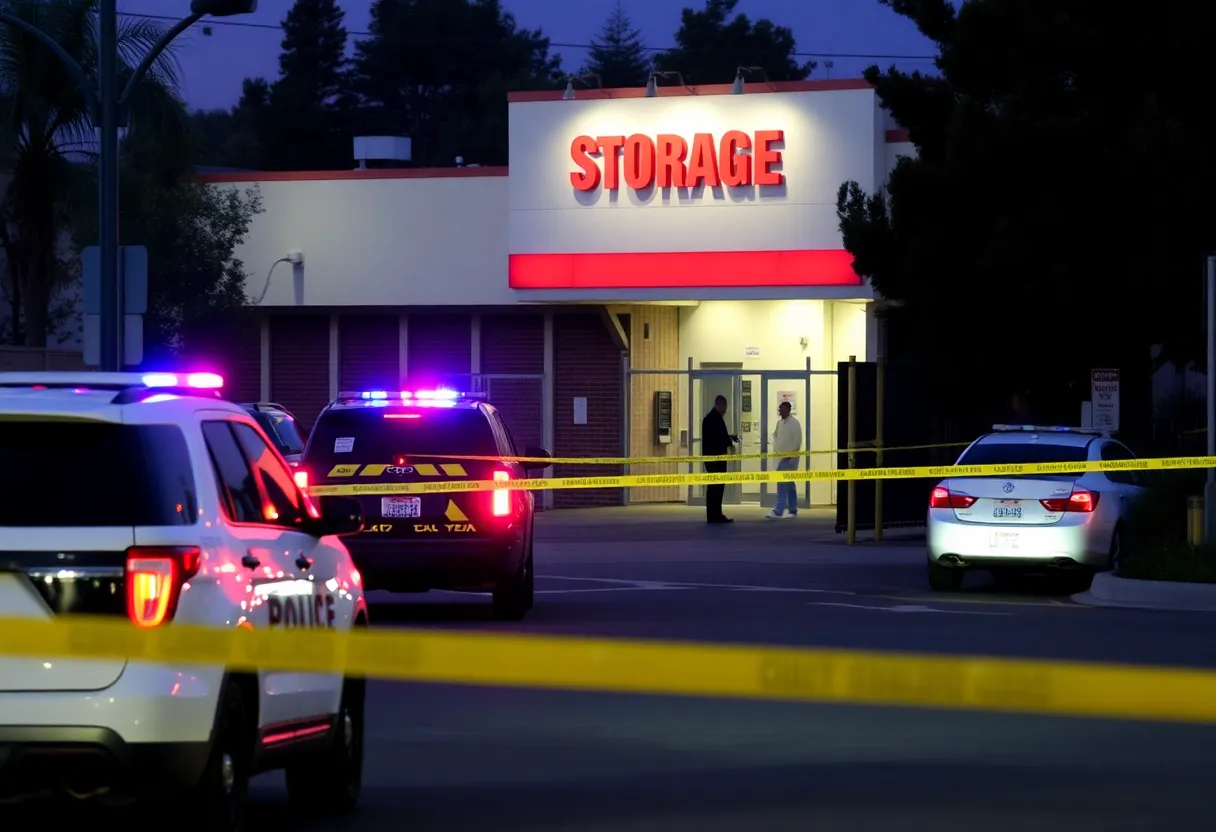News Summary
In a notable advancement for cancer treatment, New York City is adopting cryoablation as a viable method for managing mesothelioma. This minimally invasive technique employs extreme cold to target and destroy cancer cells, making it an appealing option where traditional surgery is not feasible. The benefits extend beyond tumor reduction, as cryoablation also aids in pain management, potentially decreasing the need for opioid pain medications and enhancing post-surgical recovery. Ongoing research and clinical trials may further establish its role in mesothelioma treatment protocols.
New developments in mesothelioma treatment emerge with cryoablation in Boston
Boston is witnessing advancements in mesothelioma management with a promising, minimally invasive treatment called cryoablation. This cold-based technique utilizes extreme cold to target and destroy cancer cells in patients diagnosed with mesothelioma, offering new hope for symptom relief and potentially improved recovery outcomes.
What is cryoablation and how is it performed?
Cryoablation involves inserting a thin, needle-like instrument known as a cryoprobe directly into the mesothelioma tumor. This cryoprobe employs very cold gases, such as liquid nitrogen or argon, to freeze the targeted tumor tissue. The intense cold causes the formation of ice crystals within the cancer cells, which disrupts and destroys them. This process can halt tumor growth and reduce symptom severity.
Uses and benefits of cryoablation in mesothelioma
The technique is particularly useful for patients who cannot undergo extensive surgery or have tumors that are difficult to remove completely. It serves not only as a means to shrink or slow tumor progression but also as a way to alleviate pain, especially when nerves are frozen to diminish nerve signaling. In post-surgical settings, cryoablation can numb nerves between the ribs, minimizing pain and decreasing reliance on pain medications.
Although cryoablation is not considered a cure for mesothelioma, it contributes to symptom management and may help slow the disease’s progression. It can also be combined with other cancer treatments such as chemotherapy, immunotherapy, and radiation therapy, creating a comprehensive approach to patient care.
Expert insights and ongoing research
Renowned thoracic surgeon Dr. Jeffrey Velotta advocates for the use of cryoablation in mesothelioma cases, highlighting its minimal to no side effects. He notes that the treatment significantly reduces the need for narcotics and other pain medications after procedures. Currently, cryoablation is recommended as an adjunctive therapy for pain management but is not yet established as a sole treatment option.
Research into the long-term safety and efficacy of cryoablation remains ongoing, as the technique is relatively new in the field of mesothelioma treatment. Preliminary data suggests it offers promise, especially for patients with a limited number of tumors in concentrated areas, since mesothelioma often presents as numerous small tumors scattered across affected tissues.
Risks, side effects, and ongoing clinical trials
Potential risks associated with cryoablation include bleeding, infection, and inadvertent damage to nearby nerves or organs if the cryoprobe is improperly positioned. After the procedure, some patients may experience symptoms such as fever, chills, and body aches, collectively termed post-ablation syndrome. More serious but less common complications, including a collapsed lung or formation of a bronchopleural fistula, require urgent medical attention.
Clinical trials are underway across several countries, including the U.S., China, and France, to better evaluate the long-term safety and effectiveness of cryoablation for mesothelioma. Some medical centers, such as UCLA Health, already incorporate cryoablation into their treatment options, reporting positive outcomes by slowing disease recurrence after standard therapies.
Evidence and patient considerations
Recent studies have reported successful applications of cryoablation, with one study noting that all 110 patients treated with this method remained cancer-free for at least six months post-treatment. Such findings underscore the potential benefits of this approach, especially when used in conjunction with other therapies.
Patients diagnosed with mesothelioma should consult qualified healthcare providers to discuss the potential benefits and risks of cryoablation. Given its emerging use in this field, individualized assessment remains essential to determine its suitability as part of a comprehensive treatment plan.
As research progresses, cryoablation continues to be viewed as a promising addition to mesothelioma therapies that can aid in symptom relief, improve quality of life, and possibly contribute to disease management—particularly for those unable or unsuitable for major surgery.
Deeper Dive: News & Info About This Topic
HERE Resources
Connecticut Advocates for National Mesothelioma Registry for Veterans
Impact of COVID-19 on Pleural Mesothelioma Treatments
Legal Shifts in Mesothelioma Litigation in South Carolina
Additional Resources
- Asbestos.com: Cryoablation for Mesothelioma Explained
- Wikipedia: Mesothelioma
- Asbestos.com: Cutting-Edge Mesothelioma Treatments 2023
- Google Search: Mesothelioma Treatment Cryotherapy
- Asbestos.com: Mesothelioma Treatment Options
Author: STAFF HERE LOS ANGELES WRITER
The LOS ANGELES STAFF WRITER represents the experienced team at HERELosAngeles.com, your go-to source for actionable local news and information in Los Angeles, Los Angeles County, and beyond, specializing in "news you can use" with coverage of product reviews for personal and business needs, local business directories, politics, real estate trends, neighborhood insights, and state news affecting the area—with deep expertise from years of dedicated reporting and strong community input, including local press releases and business updates, while delivering top reporting on high-value events like the Academy Awards, LA Auto Show, and Los Angeles Marathon, extending coverage to key organizations such as the Los Angeles Area Chamber of Commerce and the Los Angeles Tourism & Convention Board, plus leading businesses in entertainment and technology like Warner Bros. and SpaceX, and as part of the broader HERE network including HEREAnaheim.com , HERECostaMesa.com , HEREHuntingtonBeach.com , and HERESantaAna.com , providing comprehensive, credible insights into Southern California's dynamic landscape. HERE Anaheim HERE Beverly Hills HERE Coronado HERE Costa Mesa HERE Hollywood HERE Huntington Beach HERE Long Beach HERE Los Angeles HERE Mission Viejo HERE San Diego HERE Santa Ana





